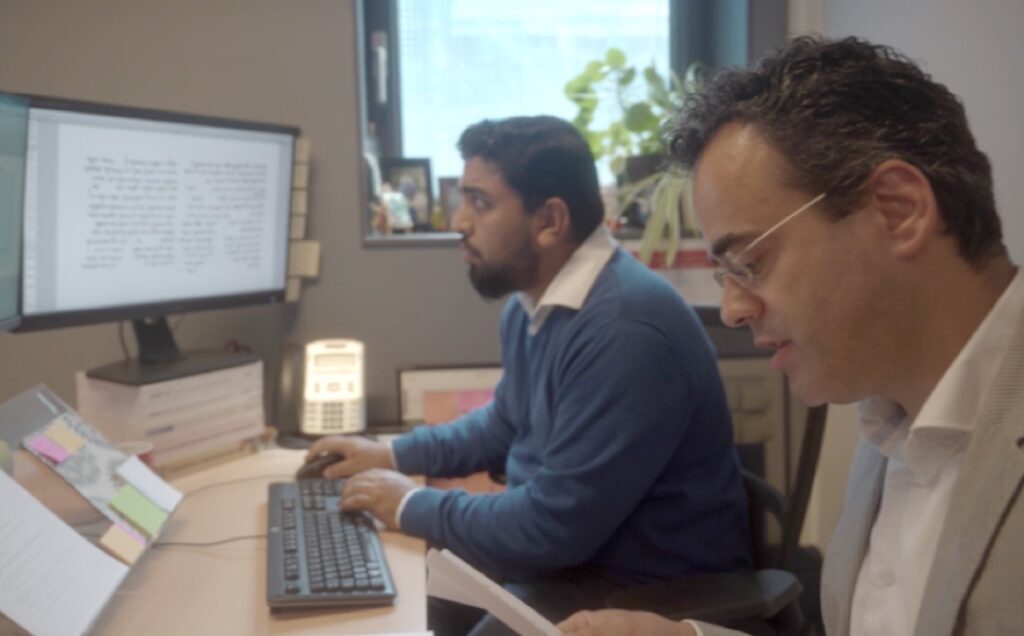Introducing Enoch
A team of researchers has sought to enhance the understanding of the chronology of ancient scrolls by developing a new technique that goes beyond traditional paleography. Their goal is to reconstruct the evolution of ideas contained within the manuscripts. Given the limited data set available with these scrolls, the authors opted to rely on the data itself rather than a pre-existing model, stating that they preferred to “let the available data speak.”
The creation of Enoch emerged from previous efforts to develop a deep neural network intended to analyze handwritten ink patterns in digitized manuscripts. According to the researchers, “Enoch highlights shared features and similarity matching among trained and test manuscripts, contrasting with traditional paleography, which focuses on subtle stylistic differences.” They further noted that the integration of dissimilarity matching with adaptive reinforcement learning could reveal obscure patterns in the data.
To assess Enoch’s effectiveness, paleographic specialists were asked to review the AI’s estimated ages for multiple scrolls. Approximately 79 percent of these age estimates were considered “realistic,” while 21 percent were found to be either too young, too old, or ambiguous.
The findings of this model suggested that many of the Dead Sea Scrolls may be older than previous assessments based solely on paleographic methods. This has implications for understanding the timeline of two ancient Jewish script styles—”Hasmonean” and “Herodian.” While it was previously thought the Hasmonean script developed between 150-50 BCE, the authors argue it could have originated much earlier. Similarly, the Herodian script may also have coexisted with the Hasmonean style earlier than previously believed, challenging established timelines that suggest both scripts were separately established by the mid-first century BCE.
Furthermore, Enoch has potential to illuminate questions surrounding biblical authorship. The authors assert that two of the scrolls are the earliest known fragments of the Book of Daniel, believed to have been completed by an unidentified author around 160 BCE. They also propose that Ecclesiastes was likely composed in the third century BCE by an anonymous writer, rather than by King Solomon in the 10th century BCE.
“With the Enoch tool, we have opened a gateway into the ancient world, akin to a time machine, that enables us to examine the hands that wrote the Bible. This is a significant step in addressing the chronological challenges surrounding the Dead Sea Scrolls, as well as offering a new mechanism for analyzing other under-dated manuscript collections from historical contexts,” the authors stated. “It brings a sense of excitement to our findings.”
PLoS ONE, 2025. DOI: 10.1371/journal.pone.0323185 (About DOIs).







